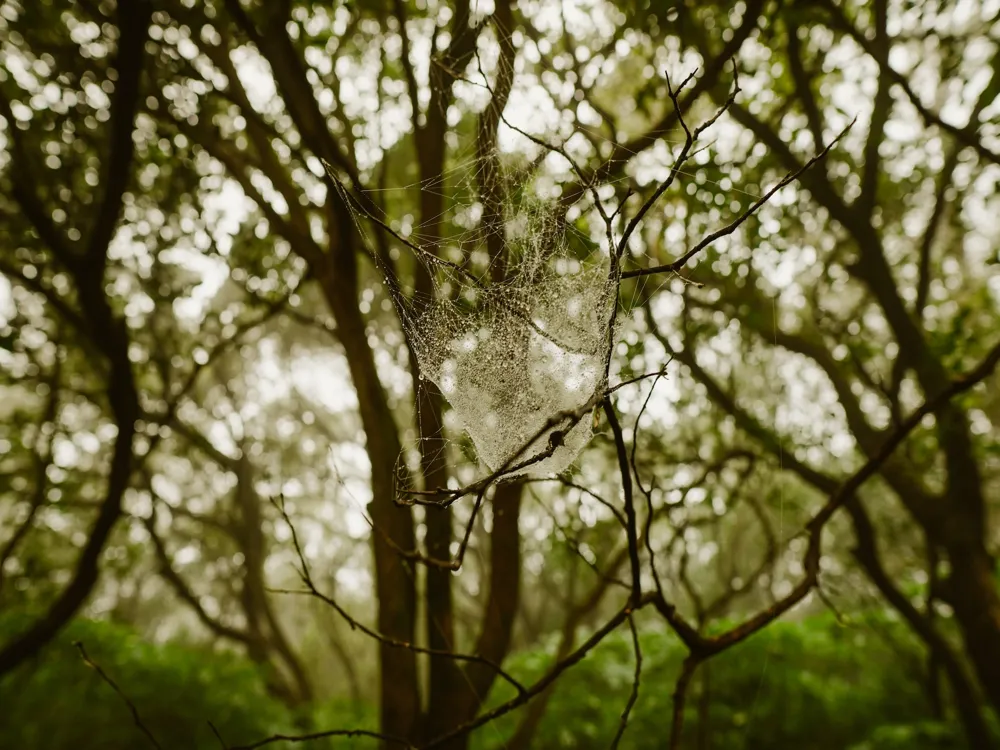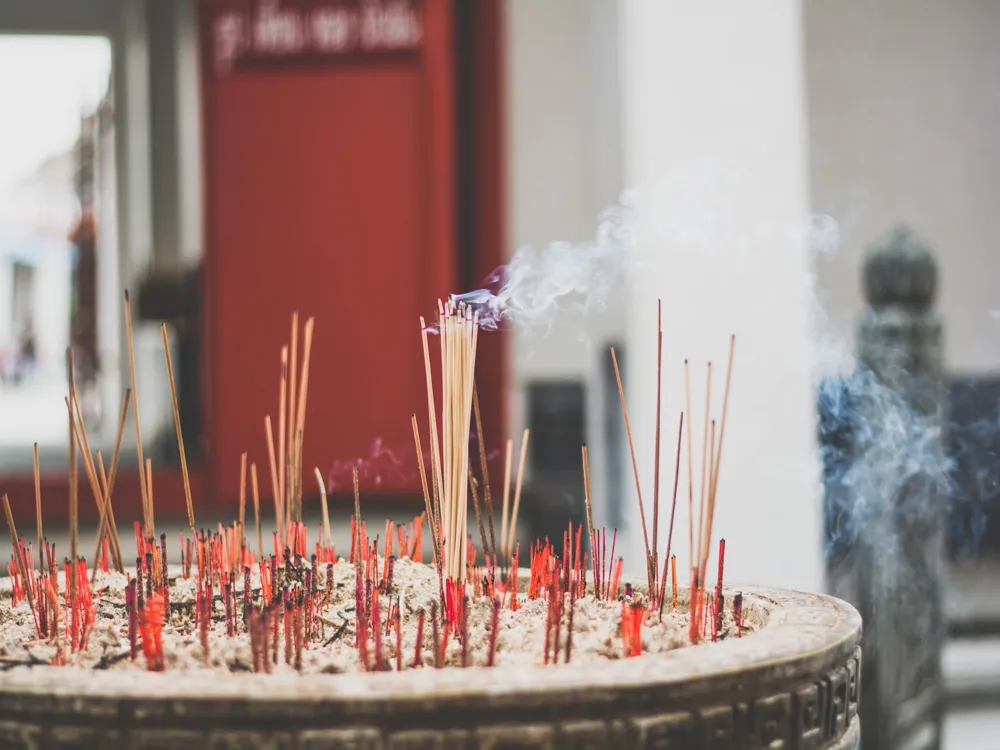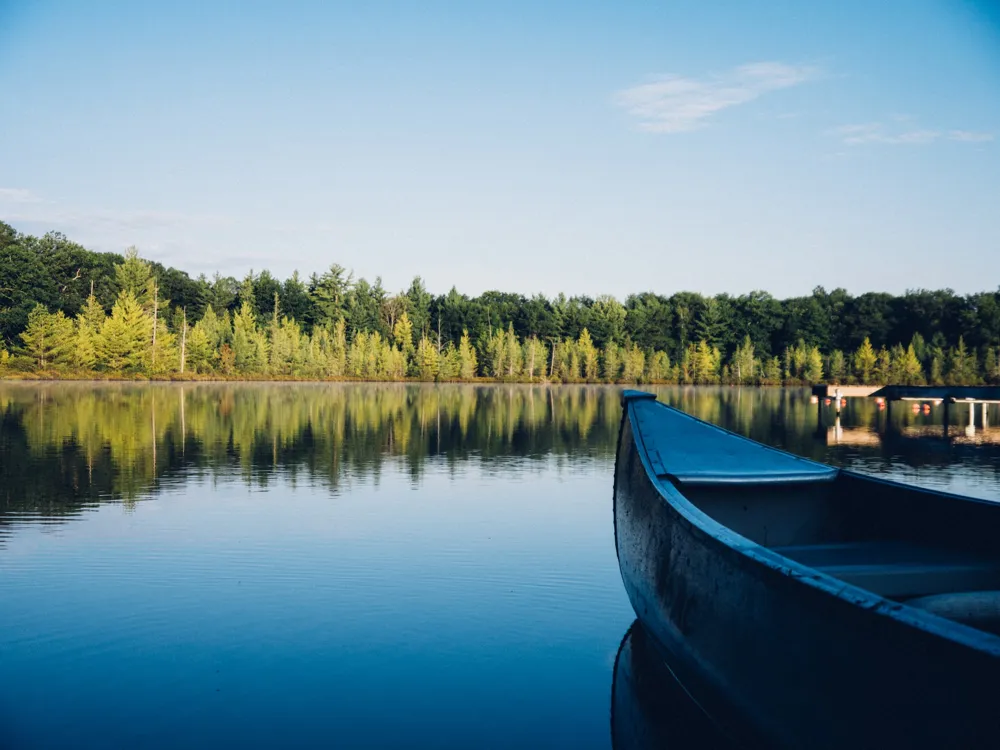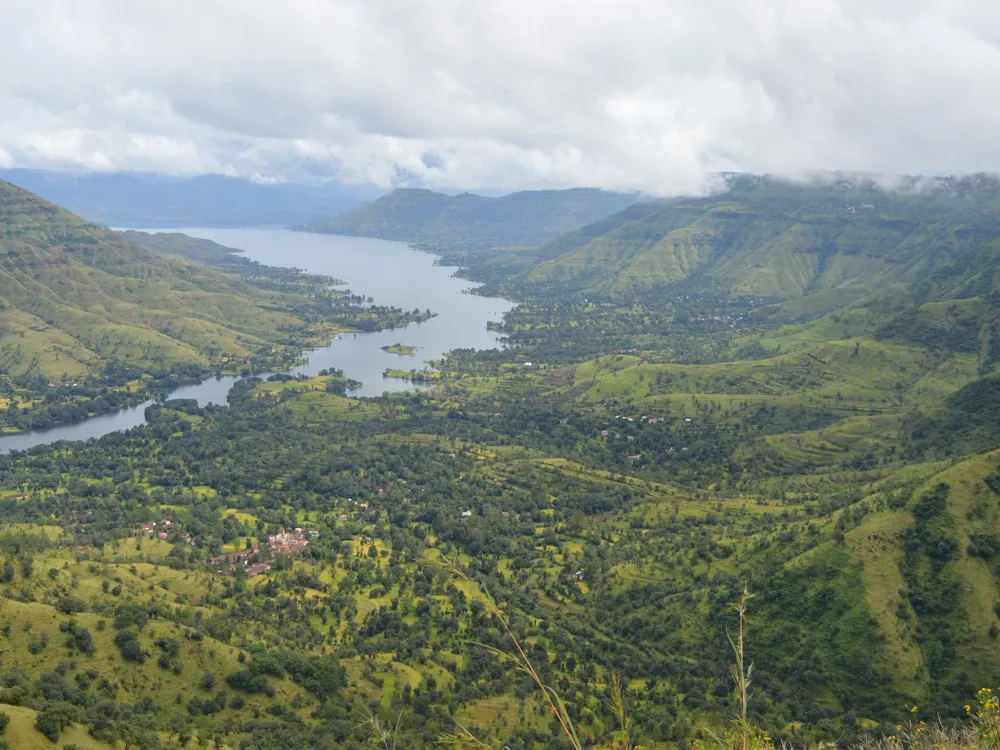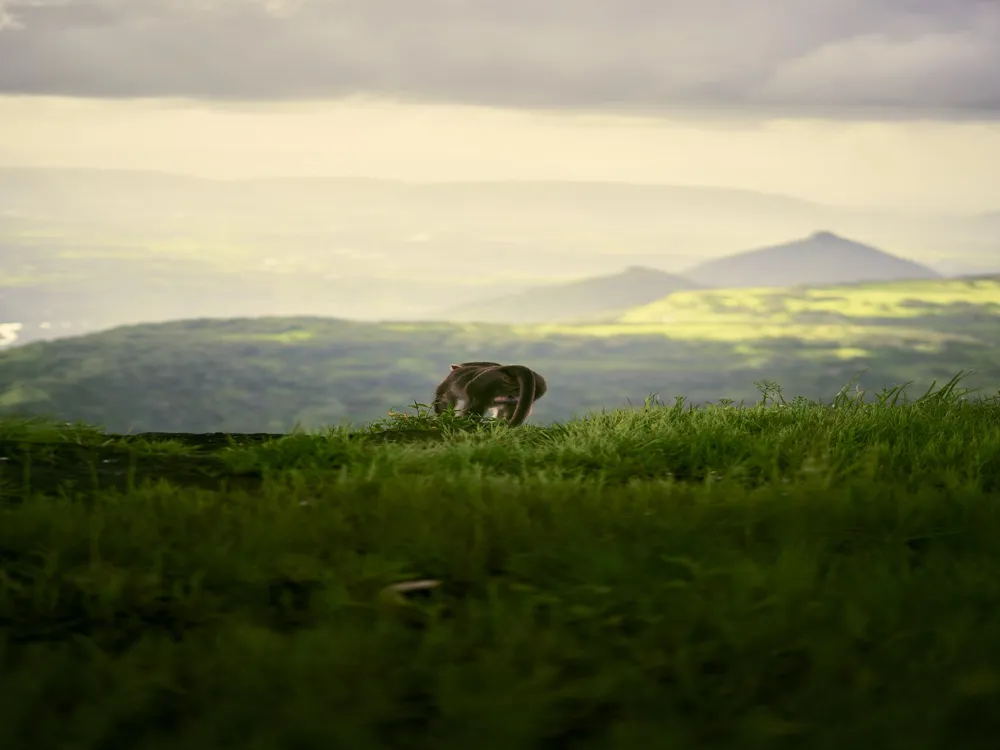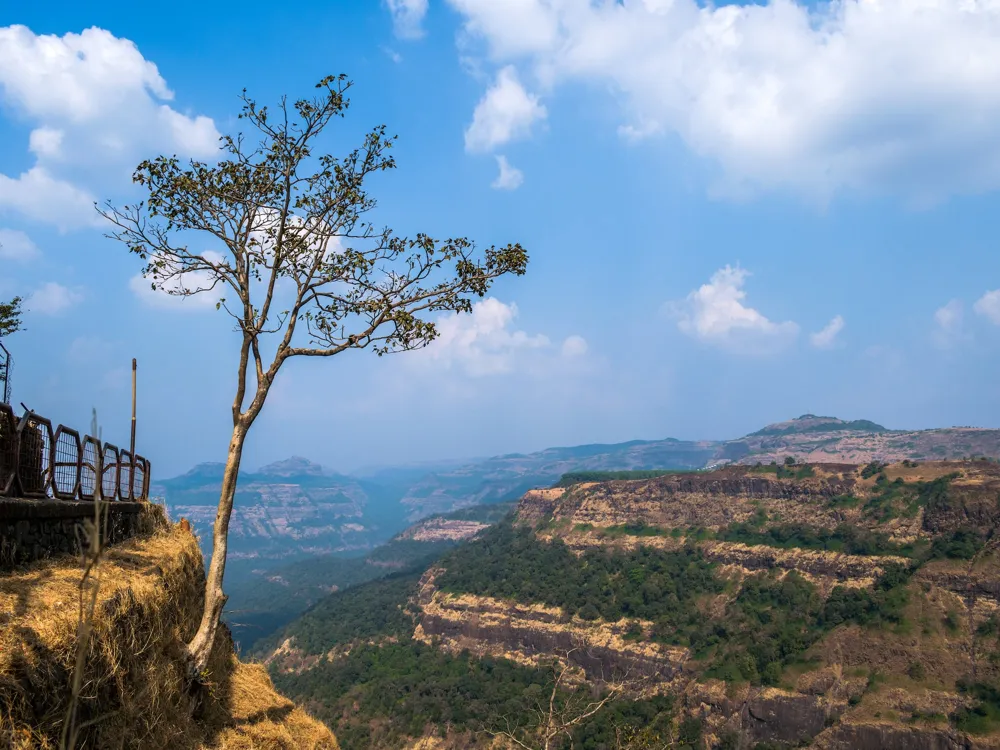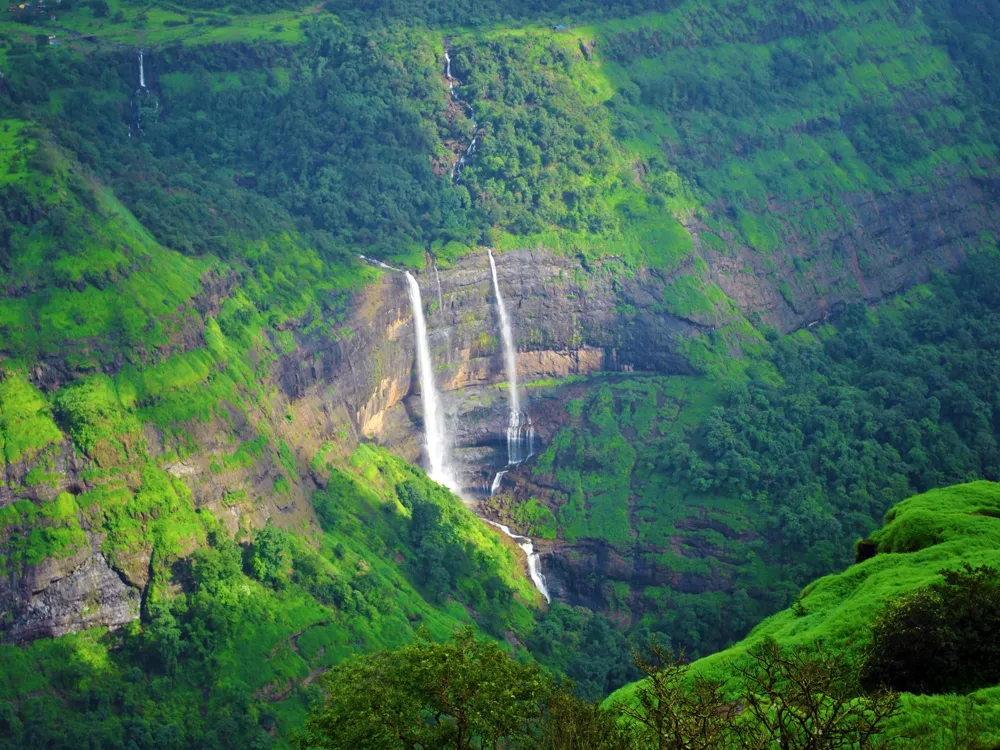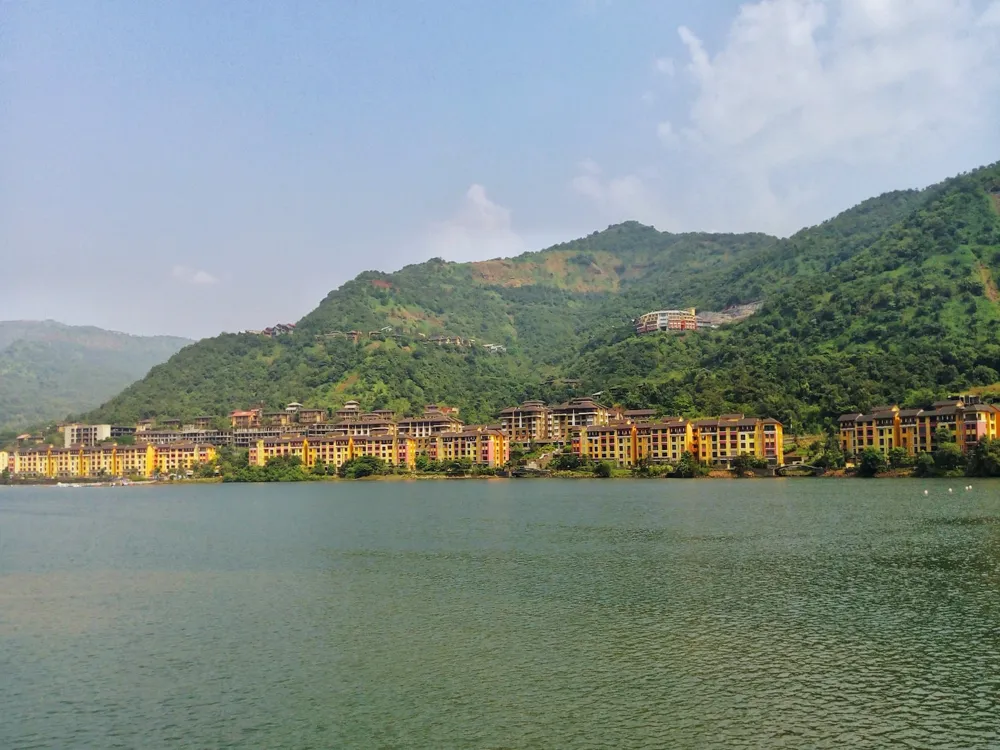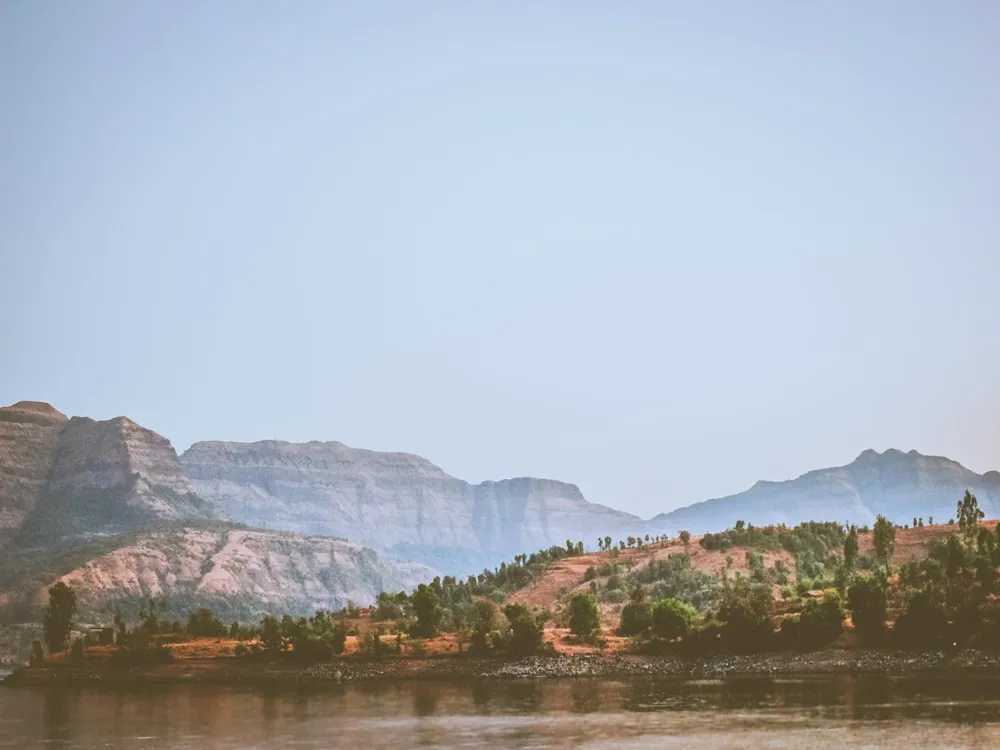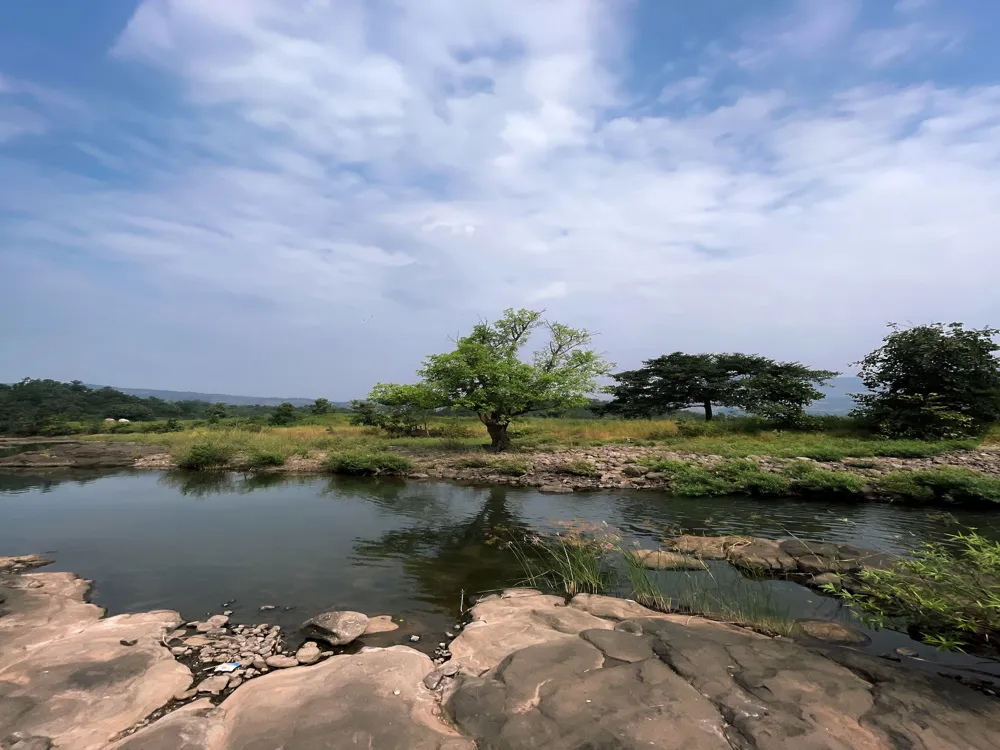Bhimashankar Wildlife Sanctuary, nestled in the majestic Sahyadri mountain range in Maharashtra, is a verdant paradise that beckons nature enthusiasts and spiritual seekers alike. This sanctuary, covering an extensive area of 120 square kilometers, is not just a biodiversity hotspot but also a significant pilgrimage site, housing the revered Bhimashankar Temple, one of the twelve Jyotirlingas in India. The sanctuary's diverse ecosystem is a treasure trove of flora and fauna, including rare species like the Indian Giant Squirrel, also the state animal of Maharashtra. The region’s unique geographical features, comprising deep valleys, high hills, and dense forests, create an ideal habitat for a myriad of life forms. The sanctuary's significant role in the conservation of biodiversity makes it a critical area for environmentalists and biologists worldwide. Exploring Bhimashankar is akin to walking through a living museum of natural history. The dense forests here are primarily of the semi-evergreen and evergreen variety, punctuated by grasslands and meadows. This diverse vegetation supports an astonishing array of wildlife, including leopards, barking deer, sambar deer, and a variety of bird species like the Malabar Grey Hornbill and the Black Eagle. The sanctuary is not just a haven for wildlife but also a crucial catchment area for the Krishna and Bhima rivers, making it an important ecological asset. For the culturally inclined, Bhimashankar is more than just a wildlife sanctuary. It's a place steeped in legend and spirituality. The Bhimashankar Temple, dating back to the 13th century, is an architectural marvel that reflects the exquisite Nagara style of architecture. The temple's intricate carvings and the serene ambiance offer a glimpse into the rich cultural tapestry of the region. The confluence of spirituality and natural beauty makes Bhimashankar a unique destination that offers tranquility and adventure in equal measure. The Bhimashankar Wildlife Sanctuary, apart from its natural splendors, is also renowned for its architectural heritage, primarily embodied by the Bhimashankar Temple. The temple, an epitome of ancient Indian architecture, showcases the brilliance of the Nagara style. This style is characterized by its beehive-shaped shikhara (tower), intricately carved pillars, and the exquisite sanctum sanctorum housing the Shiva Lingam. The temple complex, believed to have been built in the 13th century, stands as a testament to the architectural ingenuity of the era. The craftsmen of the time employed locally sourced materials, integrating the structure seamlessly with the surrounding landscape. The temple's design reflects a deep understanding of geometry and spatial arrangement, evident in its harmonious proportions and the alignment of its various elements. The temple walls are adorned with carvings depicting various deities, mythological scenes, and motifs of nature, showcasing the artisans' proficiency in stone carving. These carvings not only add to the aesthetic appeal but also serve as a medium to convey stories and traditions from ancient scriptures. The temple's main shikhara, rising majestically against the backdrop of green hills, creates a picturesque scene, blending spirituality with nature. The architecture of Bhimashankar goes beyond the temple. The traditional houses in the surrounding villages, constructed using local materials like mud, stone, and wood, reflect a lifestyle in harmony with nature. These structures, with their sloping roofs and simple designs, offer insights into the sustainable practices of the local communities. The architectural heritage of Bhimashankar, thus, is a blend of the grandeur of temple architecture and the simplicity of rural settlements, making it a fascinating area for those interested in historical and cultural studies. The ideal time to visit Bhimashankar Wildlife Sanctuary is between October and February when the weather is pleasant, making it perfect for wildlife spotting and trekking. Visitors can choose from a range of accommodations, from forest guesthouses to private resorts and homestays in nearby villages, offering a closer look at local life. Opting for guided tours can enhance the experience, as local guides provide valuable insights into the sanctuary's biodiversity and cultural significance. Always maintain a safe distance from wild animals and adhere to the sanctuary's rules to ensure a safe and respectful wildlife experience. While visiting the Bhimashankar Temple, be mindful of the religious customs and dress modestly as a sign of respect for the cultural sentiments of the place. Bhimashankar Wildlife Sanctuary is well-connected by road and is accessible from major cities like Pune and Mumbai. The nearest airport is in Pune, from where one can hire a taxi or take a bus to the sanctuary. For those preferring train travel, the nearest railway station is at Pune, followed by a road journey to Bhimashankar.Overview of Bhimashankar Wildlife Sanctuary
Architecture of Bhimashankar Wildlife Sanctuary
Tips When Visiting Bhimashankar Wildlife Sanctuary
Best Time to Visit
Accommodation
Guided Tours
Wildlife Safety
Temple Visit
How To Reach Bhimashankar Wildlife Sanctuary
Bhimashankar Wildlife Sanctuary
Bhimashankar
Maharashtra Goa
NaN onwards
View bhimashankar Packages
Weather :
Label : Must Visit
Tags : Wildlife
Timings : 6:00 AM - 6:00 PM
Time Required : 2-3 hrs
Entry Fee : No entry fee
Two-wheeler riders: INR 10 per person,
Four-wheeler riders: INR 50 per person,
Heavy vehicles: INR 100 per person
Planning a Trip? Ask Your Question
Bhimashankar Travel Packages
View All Packages For Bhimashankar
Top Hotel Collections for Bhimashankar

Private Pool

Luxury Hotels

5-Star Hotels

Pet Friendly
Top Hotels Near Bhimashankar
Other Top Ranking Places In Bhimashankar
View All Places To Visit In bhimashankar
View bhimashankar Packages
Weather :
Label : Must Visit
Tags : Wildlife
Timings : 6:00 AM - 6:00 PM
Time Required : 2-3 hrs
Entry Fee : No entry fee
Two-wheeler riders: INR 10 per person,
Four-wheeler riders: INR 50 per person,
Heavy vehicles: INR 100 per person
Planning a Trip? Ask Your Question
Bhimashankar Travel Packages
View All Packages For Bhimashankar
Top Hotel Collections for Bhimashankar

Private Pool

Luxury Hotels

5-Star Hotels

Pet Friendly







